In 1976, Tobago-born Owen Thompson was but a boy of 14 when Greg Chappell’s Australia put a 5-1 merciless whipping on Clive Lloyd’s West Indian cavaliers. That turned out to be the last time for a long, long time.
In those days, Thompson, who now works in film and television in Madrid, was in the upper school at QRC. And because cricket was not the only West Indian undertaking of moment occurring in the world, he has never quite been able to forget that tumultuous watershed year.
For the benefit of Wired868 readers, he here recalls, complete with gory detail, the unforgettable summer that ushered in the glory years:

In the closing moments of Day Three of the Fourth Test of the 1975-76 Australia-West Indies series, Vivian Richards could not resist the temptation to essay a hook at a Gary Gilmour bouncer. Given the state of the game, such bravery—some call it temerity—was hardly advised.
Having started the second innings inside the final hour 50 runs in arrears and with only ten minutes to stumps, West Indies had already lost Roy Fredericks (hooking) and Alvin Kallicharan (hooking). At 33 for two, Clive Lloyd’s men were still 17 short of effacing the first innings deficit. As well, Dennis Lillee was not playing in that Test, having been forced to pull out minutes before the toss.
With two full days ahead and 50% of the potent Lillee-Thomson pace-factor missing, caution and consolidation were clearly more advisable. There was all the time in the world to bat and set Australia a challenging 4th innings target.
Viv’s eyes lit up at the sight of a half-tracker at relatively ‘modest’ pace. Gilmour was only ‘sharp’. Jeff Thomson, operating at the other end, was sending down deliveries at sinful speed. With the venom and ferocity (as all of Fredericks, Lawrence Rowe, Kallicharan, Clive Lloyd and Richards later wound-lickingly lamented) that made it clear he was bent on single-handedly compensating for the absence of his established partner in crime.
Having withstood all of Thomson’s fury for the better part of the half-hour he had so far spent at the crease, Viv could not resist having a go at something short that was only ‘sharp’—as opposed to express or north of express.

Over-anxious, he was through the shot early, and only succeeded in giving Thomson catching practice at deep-backward-square. As a livid Viv walked back to the SCG pavilion admonishing himself, he nodded apologetically at a young Michael Holding (in only his third Test) making his way to the middle, night-watchman-duty bound. Viv knew exactly what falling at that point of proceedings meant to the game and the series.
The following morning, Thomson continued bowling at the speed of light, with his own hostility and that of his partner in absentia put together, the potency of the two seemingly embodied in his single pair of arms and shoulders. He needed just two more spells to finish off the West Indies.
After castling night watchman Holding, he mowed down captain Lloyd and vice-captain Deryck Murray before mopping up the tail, Keith Boyce, Andy Roberts and Lance Gibbs offering zero resistance. West Indies were blown away for 128 shortly after lunch on the fourth day.
Thomson finished with 6 for 50. Greg Chappell’s men duly knocked off the 78 runs required for the loss of three wickets, to take a 3-1 lead in the series.
Morally, psychologically and physically battered (during the four days that Sydney Test lasted, thanks to Thomson, Bernard Julien, Kallicharan and Lloyd had had, at some point, to go to hospital), West Indies succumbed tamely in the last two Tests at Adelaide and Melbourne.

(Copyright Wisden)
That 5-1 loss remains etched in the collective West Indian psyche. Crucially, that ill-advised attempted hook against Gilmour’s more ‘gentle’ pace as the shadows lengthened across the SCG in the late afternoon of January 5, 1976, also gave a hard knock to Viv’s psyche—or to give him his full name, Isaac Vivian Alexander Richards.
Even more crucially, the young IVA (then only 23 with a mere 11 Tests under his belt) also extracted the hard lesson to be learnt from that error of judgement. It was not long before he set about showing the world (starting with Messieurs Lillee and Thomson) just how well he had.
Not many in the West Indies camp were putting their hands up when captain Lloyd sought volunteers for duty as opener in the Fifth and Sixth Tests.
Gordon Greenidge, then only 24, on his second tour, with just five Tests to his credit before the start of the series, had shown how hopelessly ill-equipped he then was for dealing with the pace of the Thomson-Lillee duo on Australian surfaces. In the First Test in Brisbane, he bagged a pair and was dropped for the Second Test in Perth. Recalled for the Third in Melbourne, he managed 3 and 8.
With a grand aggregate of 11 in four completed innings, he was understandably not exactly bristling with zeal to be anywhere near a cricket ball propelled by Jeffrey Robert Thomson or Dennis Keith Lillee. Even less so if that 5 ¼ ounce object was being aimed in his direction.

In Perth, Bernard Julien had been co-opted to opening with Fredericks and, with great courage, much unorthodoxy and no shortage of improvisation, he had done enough to make 25 and be part of a 91-run partnership that laid the foundation for a sizeable West Indies total and eventual innings victory.
Summoned to face the new ball heat again for the fourth Test, the courageous son of Carenage had his finger broken by a Thomson missile in the opening exchanges, but returned after hospital treatment to bat sedately with the tail and was still standing, 46 to his name, when the 10th West Indies wicket fell close to the end of session one of Day Two.
Alvin Kallicharan (who had hardly been inconspicuous in manifesting his degree of dread at the prospect of dealing with pace in the loftiest Lillee-Thomson altitudes; the idea of doing so against those two with a new ball in their hands no doubt filled him with even greater dread) reluctantly agreed to accompany Fredericks to the middle to start the second innings, after, a source reported, Lawrence Rowe mysteriously disappeared into a loo some distance from the West Indies dressing room when the opening batting issue was about to be broached at the team gathering during the change of innings.
It took—so says the same source—an angry growl from captain Lloyd to make ‘Kalli’ understand that his teammates expected him to have the guts to march out and face the music. Music that wasn’t exactly Chopin or Mozart.

Rather, Thomson chomping at the bit to give it his all (that is, missiles upwards of 95 mph) for the 50 minutes or so left till the close. At full throttle, dangerously fast, indescribably menacing, unscrupulously merciless. Thommo reduced West Indies to 33 for 3 at stumps, Kallicharan, Fredericks and Viv back in the hutch.
Unable to forgive himself for his costly misjudgement in the dying moments of Sydney Day Three, and eager to make amends immediately, Viv put his hand up to partner Fredericks for the last four innings of the series. Still three months short of his 24th birthday. No more than 11 Tests behind him. On just his second tour.
The manner in which he waded into Lillee and Thomson in making 30 and 101 (at Adelaide) and 50 and 98 (at Melbourne), prompted Ian Chappell to say that it was as good for Australia as it was bad for the series that it took Clive Lloyd till the Fifth Test to work out that he had, in Viv, not only a better and more courageous number three than the more experienced Lawrence Rowe and Alvin Kallicharan, but also a ‘damn good opener’—someone with the three ‘T’s (technique, temperament and testicular fortitude), willing and able to take on Lillee and Thomson and fight their fire with fire of his own.
We have it on good authority that, in the wake of that 5-1 drubbing, the West Indians were drowning their sorrows in a bar before boarding the plane back to the Caribbean and the group erupted in earnest conversation. In the group were captain Lloyd, vice-captain Murray, speedsters Andy Roberts and Michael Holding and Viv, far and away the most vocal.

He swore—and elicited agreement from his fast-bowling compatriot and his Jamaican partner—that never again were the West Indies going to be so manhandled on a cricket field.
No matter how bad—or shamelessly partial!—the umpiring.
Owen Thompson, cricket and calypso lover and Atlético de Madrid fan, was born in Tobago, went to school in Trinidad, worked in Portugal, lived for decades in France and Spain and travelled widely in Europe, making him a writer with a world view.
 Wired868 Wired868 for smart sport news and opinion
Wired868 Wired868 for smart sport news and opinion

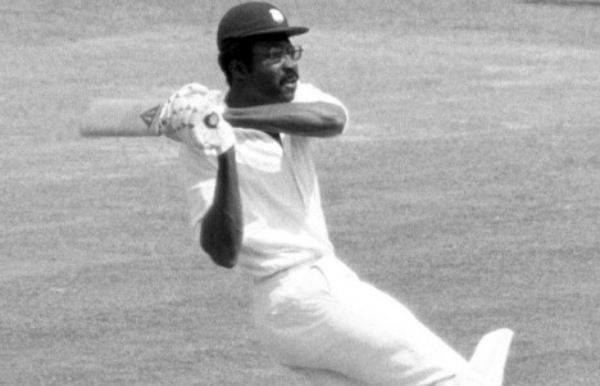
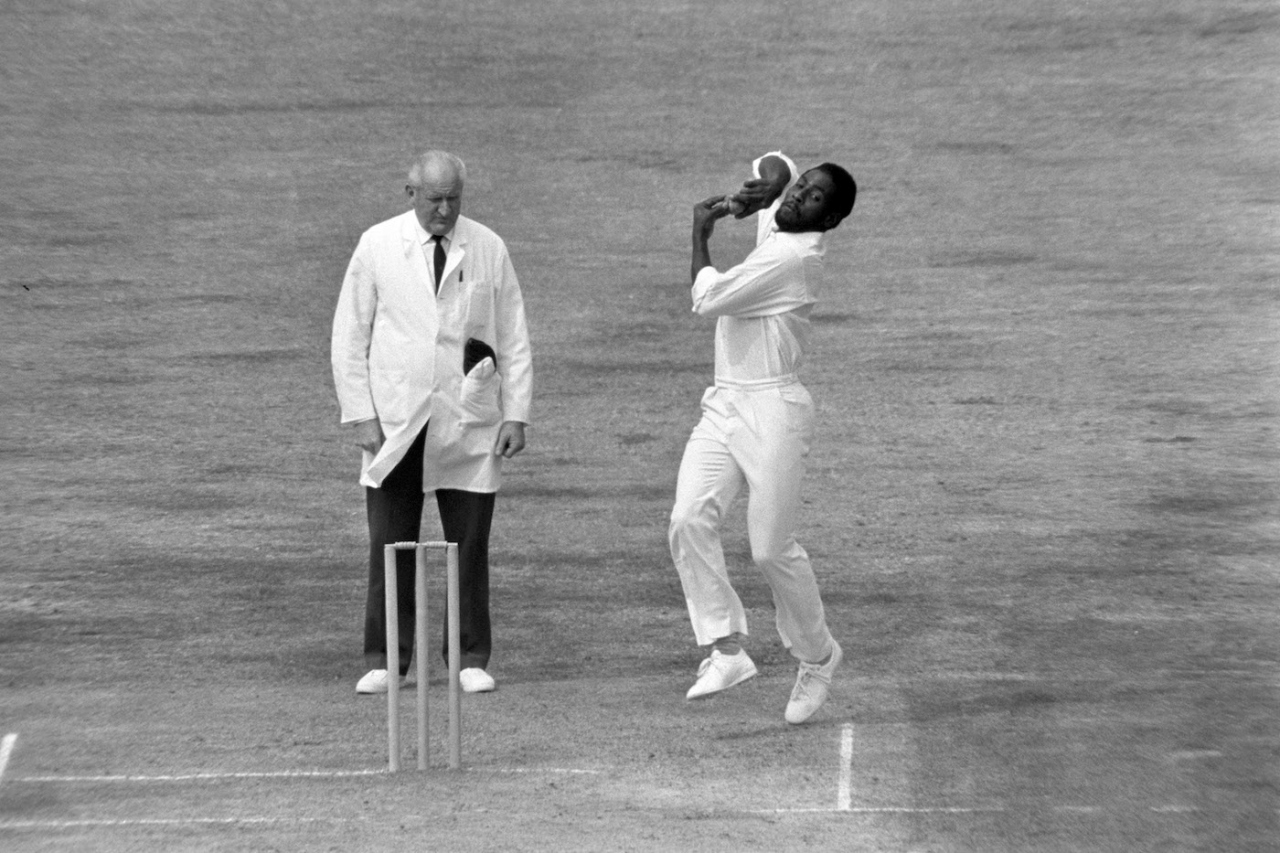
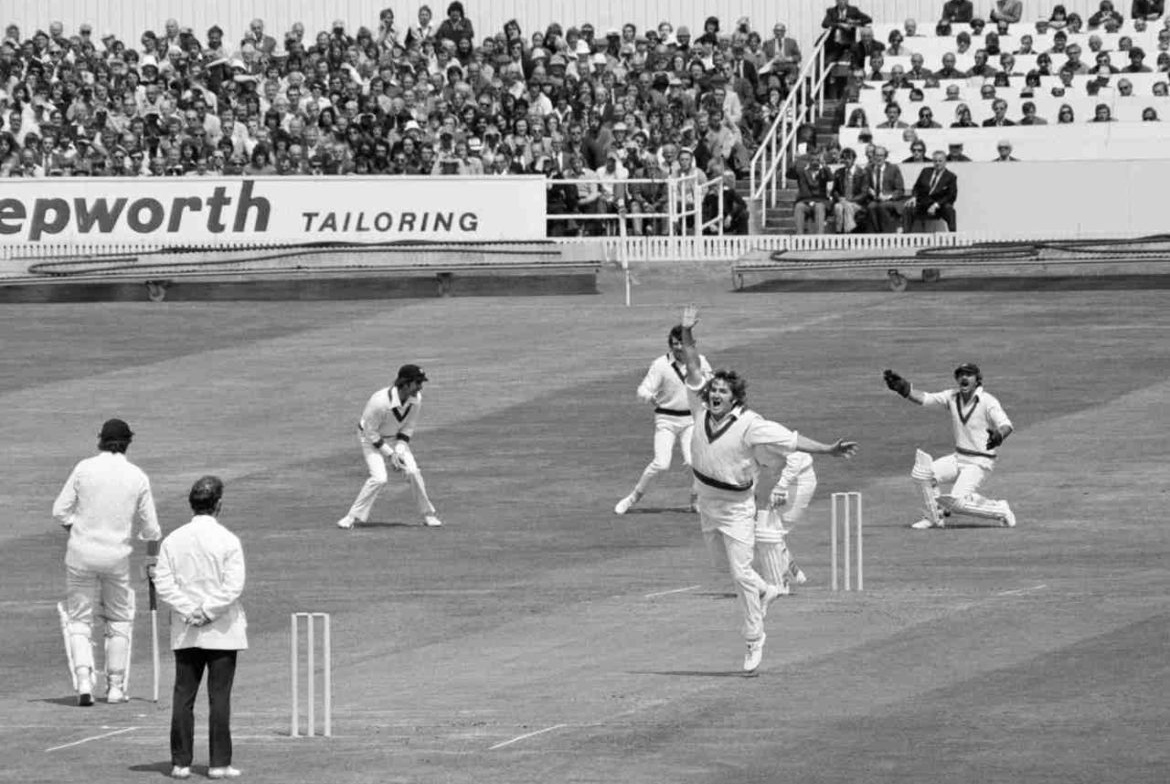
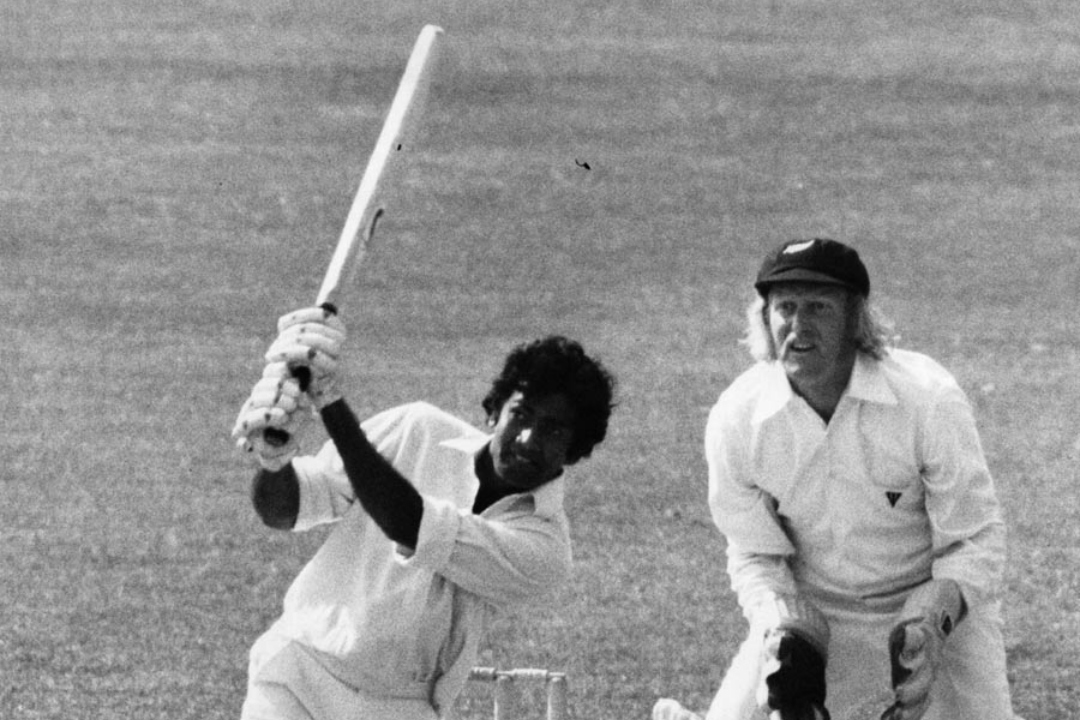
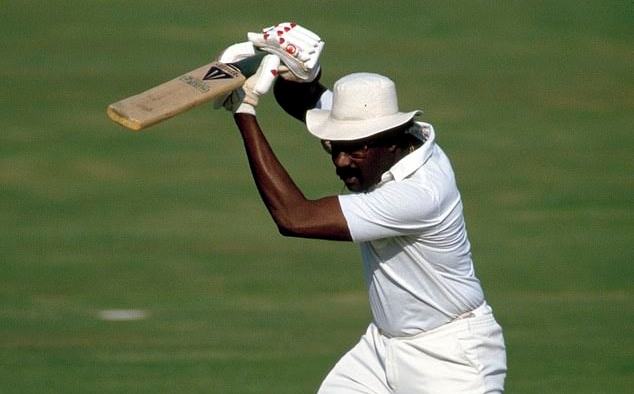

He swore – that never again “…. Did that actually happen ?
Cricket analysts refer to this series as the series that changed the course of the sport. Clive Lloyd recognized the potency of a fast bowling quartet and it became his go-to from then until his final series. Four fast bowlers, even if two are fast medium is always hell to face because they’re always coming at you and at least two would be fresh. When Lillee and Thompson were rested, Gilmour and Walker would be in. So there was no rest. More emphatically, when Holding and Roberts were rested, Garner and Croft/Marshall were in the wings. There was no rest